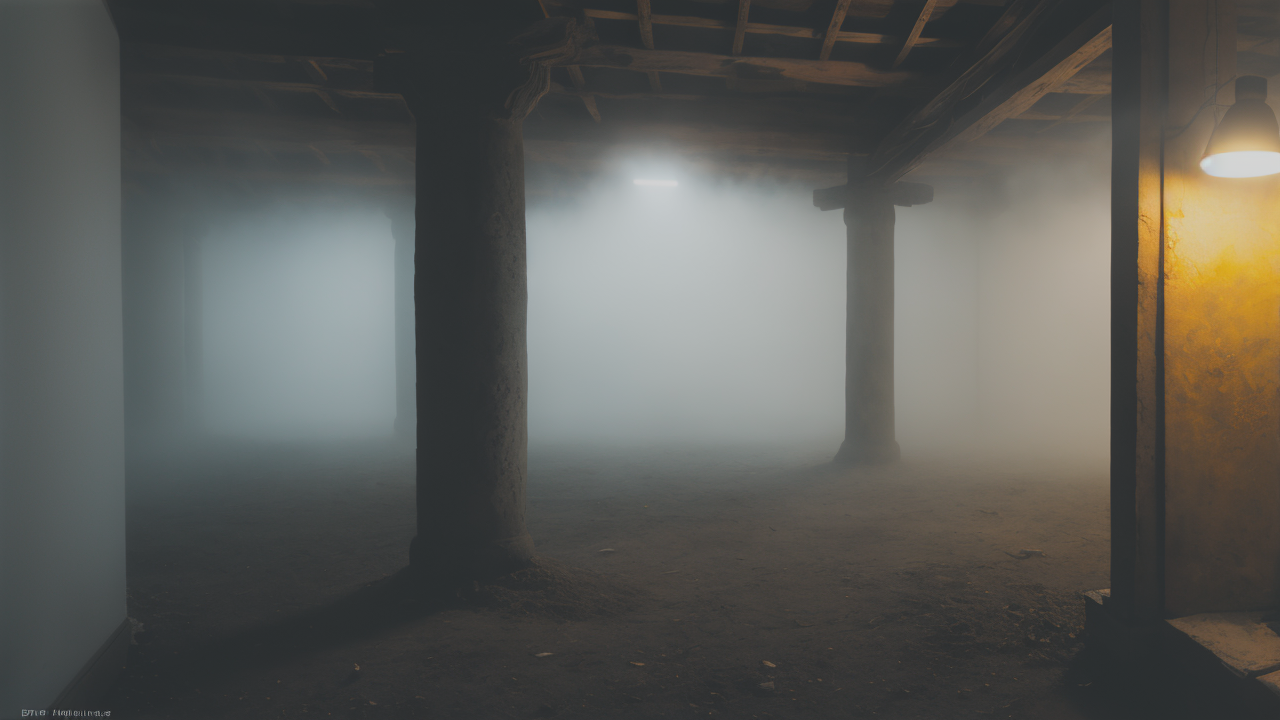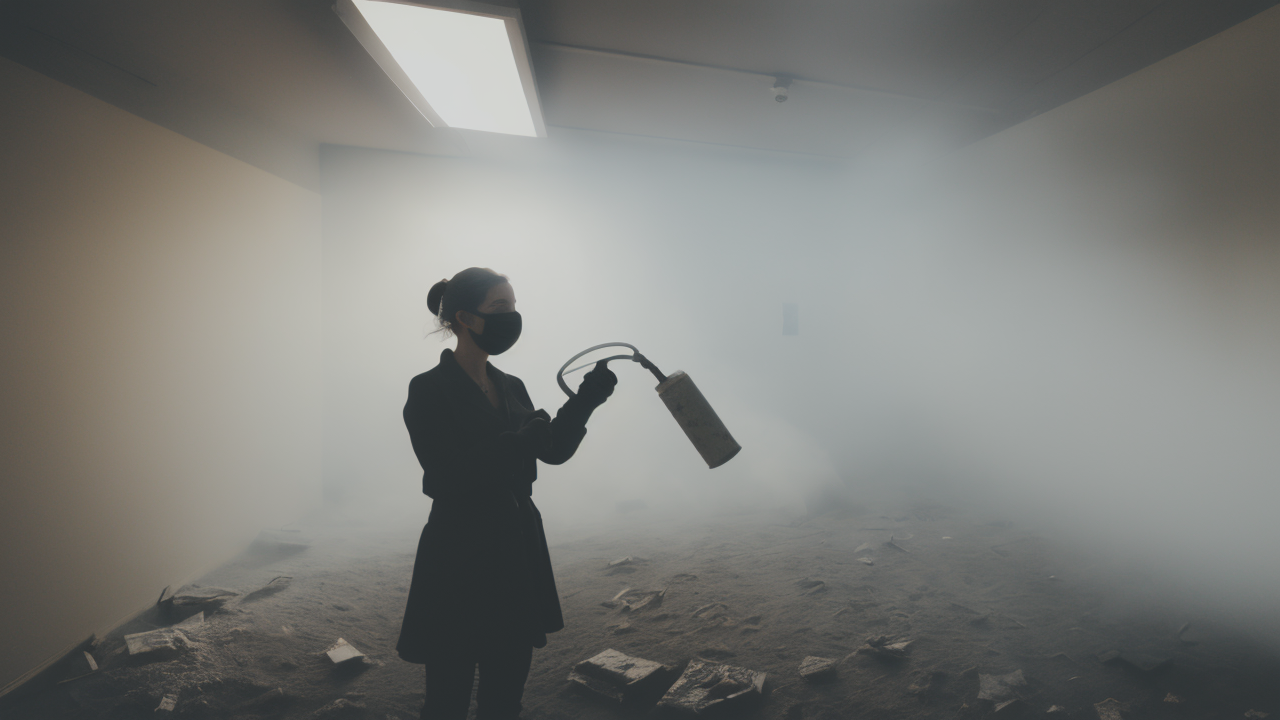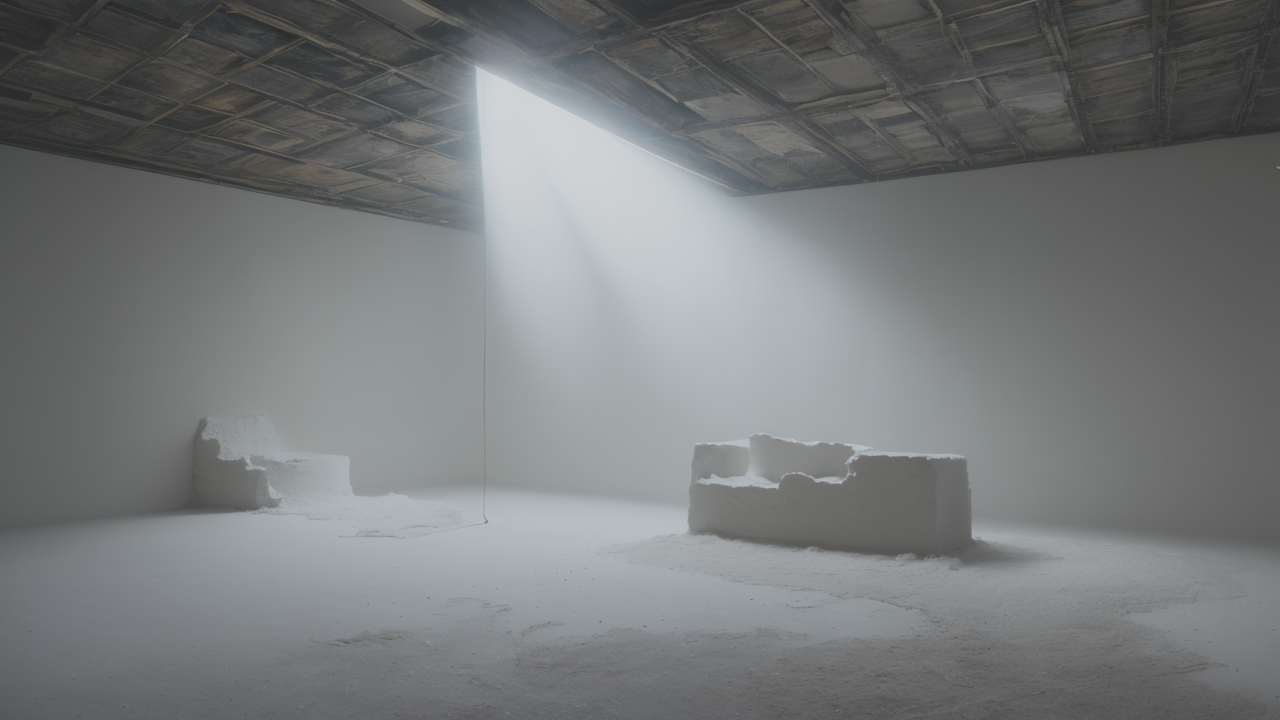
Elevating Minimalist Drawings with Plaster: A Professional Guide
The Allure of Wabisabi: Art Meets Texture
Understanding Wabisabi as a Philosophy in Art
Wabi-sabi is a Japanese concept that finds beauty in imperfection. In art, it celebrates the natural aging process and the charm of simplicity. Wabi-sabi art embraces:

- Asymmetry and irregularity
- Roughness and visible flaws
- Simplicity and minimalism
- Natural materials and processes
Artists who follow wabi-sabi principles often create works that feel organic and time-worn. They may use muted colors and rough textures. The goal is to evoke a sense of calm and acceptance.
Wabi-sabi art invites viewers to slow down and notice subtle details. It values the marks of time and use on objects. This approach contrasts with art that seeks perfection or grand statements.
In practice, wabi-sabi might mean leaving a ceramic piece unglazed. Or it could involve using weathered wood in a sculpture. The key is to honor the natural state of materials and processes.
The Role of Plaster in Wabisabi-Inspired Artwork
Plaster is an ideal medium for creating wabi-sabi inspired art. Its versatile nature allows for a wide range of textures and finishes. Plaster can be:
- Smooth or rough
- Cracked or whole
- Plain or colored
- Layered or single-coated
Artists use plaster in wabi-sabi art for several reasons. It ages beautifully, developing a natural patina over time. Plaster can be easily textured to create interesting surfaces. It also accepts pigments well, allowing for subtle color variations.
In sculptures, plaster can create forms that appear weathered or eroded. Artists might deliberately introduce cracks or rough patches. These imperfections add character and depth to the artwork.
For wall art, plaster creates subtle textures that change with light. This aligns with wabi-sabi's appreciation for transience. Artists may layer plaster to build up complex, time-worn surfaces.
Plaster also works well with other natural materials. Artists might embed objects like stones or twigs in wet plaster. This creates unique textures and honors the wabi-sabi value of natural elements.
Crafting Art with Plaster: Techniques and Tips
Choosing the Right Plaster for Your Art Project
Selecting the right plaster is crucial for successful wabi-sabi art. Different types offer various textures and properties. Common types include:

- Gypsum plaster: Quick-setting, good for details
- Lime plaster: Durable, breathable, ideal for fresco-like techniques
- Cement plaster: Strong, weather-resistant, suitable for outdoor sculptures
Consider these factors when choosing:
- Desired final texture
- Setting time needed
- Durability requirements
- Compatibility with other materials
For fine details, choose a smooth, fast-setting plaster. For rough textures, opt for coarser varieties. Some artists mix different plasters to achieve unique effects.
Always test your chosen plaster before starting your main project. This helps you understand how it behaves and sets. You may need to adjust your technique based on the plaster's properties.
Consider the environmental impact of your chosen plaster. Some types are more eco-friendly than others. This aligns with wabi-sabi's respect for nature and sustainability.
Innovative Ways to Apply Plaster and Achieve Texture
Plaster offers endless possibilities for creating texture in wabi-sabi art. Experimenting with application methods can lead to unique results. Try these techniques:
- Troweling: Creates smooth or rough surfaces
- Spattering: Adds random, organic textures
- Carving: Allows for intricate designs
- Layering: Builds depth and complexity
Adding materials to wet plaster can create interesting textures. Press leaves, fabric, or other objects into the surface. Remove them after the plaster sets for a unique imprint.
Mixing additives into plaster can alter its texture. Try adding sand, sawdust, or fibers. These additions can create a more organic, wabi-sabi inspired surface.
Experiment with drying times to achieve different effects. Working with partially set plaster can create unique textures. You can also build up layers, allowing each to partially dry before adding more.
Consider using found objects as molds or texture creators. This aligns with wabi-sabi's appreciation for everyday items. Old tools, natural objects, or textured fabrics can all create interesting effects.
Safety and Best Practices for Plaster Use in Art
Working safely with plaster is essential for both your health and your art. Follow these best practices:
- Wear a dust mask when mixing dry plaster
- Use gloves to protect your skin
- Work in a well-ventilated area
- Avoid getting plaster in your eyes or on your skin
Proper mixing is crucial for good results. Follow the manufacturer's instructions for water-to-plaster ratios. Mix thoroughly to avoid lumps and ensure even setting.
Clean tools and containers immediately after use. Hardened plaster is difficult to remove. Never dispose of plaster down drains, as it can cause clogs.
When creating large pieces, work in sections to prevent premature drying. This allows for better control and more consistent textures.
Allow plaster to fully cure before applying finishes or moving the piece. Rushing this process can lead to cracks or damage. Patience is key in creating lasting wabi-sabi inspired art.
Case Studies: Wabisabiart Creations that Stand Out
Analyzing the Texture in Wabisabiart Sculptures and Installations
Wabi-sabi inspired sculptures and installations often showcase remarkable textures. These works demonstrate the versatility of plaster in creating compelling art. Let's examine some examples:

Artist Akiko Hirai creates ceramic pieces with plaster additions. Her work features rough, uneven surfaces that embody wabi-sabi principles. The plaster elements add depth and character to her pottery.
Sculptor Axel Vervoordt uses plaster in large-scale installations. His work often incorporates weathered surfaces and deliberate imperfections. These textures create a sense of history and passage of time.
Installation artist Rachel Whiteread casts negative spaces in plaster. Her work captures the subtle textures of everyday objects and architecture. This approach aligns with wabi-sabi's focus on the overlooked and mundane.
Many artists use plaster to create wall installations with varied textures. These works play with light and shadow, changing throughout the day. This reflects wabi-sabi's appreciation for impermanence and subtle beauty.
How Plaster Enhances the Wabisabi Art Experience
Plaster plays a crucial role in enhancing the wabi-sabi experience in art. Its unique properties allow artists to create works that embody wabi-sabi principles. Here's how:
The natural aging process of plaster aligns perfectly with wabi-sabi. As plaster weathers, it develops a patina that adds depth and character to artworks.
Plaster's ability to capture fine details allows artists to create subtle textures. These nuanced surfaces invite closer inspection, encouraging mindful observation.
The matte finish of plaster creates a soft, subdued appearance. This quality aligns with wabi-sabi's preference for understated beauty over glossy perfection.
Many artists appreciate how plaster interacts with light. Its subtle variations create interesting shadows and highlights. This effect changes throughout the day, reflecting wabi-sabi's focus on impermanence.
Plaster also allows for spontaneity in creation. Its quick-setting nature enables artists to capture fleeting moments. This aligns with wabi-sabi's appreciation for the ephemeral.
Interviewing Artists Who Embrace Wabisabi and Plaster Textures
Artists who work with plaster in wabi-sabi inspired art share valuable insights. Their experiences highlight the unique challenges and rewards of this approach. Here are some excerpts:
Sculptor Yoko Tanaka says, "I let the plaster guide me. Each crack tells a story. I embrace these imperfections as part of the artwork's journey."
Installation artist Mark Chen explains, "Plaster allows me to create environments that feel alive. The textures invite touch and change with light. It's a sensory experience of wabi-sabi."
Painter Sofia Rodriguez shares, "I mix earth pigments into plaster for my canvases. The result is a surface that feels connected to nature and time."
Many artists emphasize the importance of patience when working with plaster. They describe allowing the material to dry slowly, embracing unpredictable results.
Several interviewees mention the meditative aspect of working with plaster. The process of applying and shaping the material becomes a mindful practice.
These artists' experiences underscore the strong connection between plaster and wabi-sabi. Their work celebrates imperfection, transience, and the beauty of natural processes.


